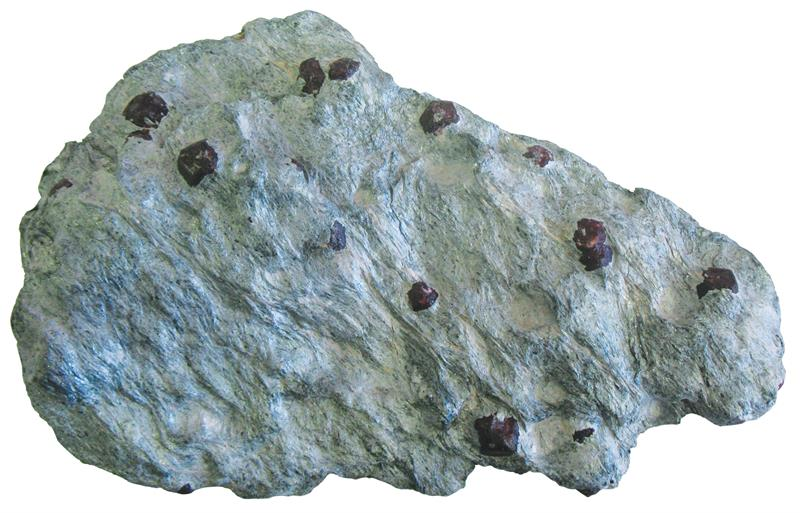Unveiling the Secrets of the Softest Mineral: Exploring the Fascinating World of Talc

In the vast realm of minerals, one particular gem stands out for its exceptional softness. Talc, renowned for its silky texture and gentle touch, has captivated scientists and enthusiasts alike for centuries. In this article, we will delve into the depths of talc's unique properties, its various applications across industries, and the intriguing geological processes that give rise to this remarkable mineral.
- The Composition and Structure of Talc:
Talc belongs to the phyllosilicate group of minerals, characterized by their sheet-like structure. Chemically, it is composed of magnesium, silicon, and oxygen, with the formula Mg3Si4O10(OH)2. The arrangement of its atoms creates weak bonds between the layers, resulting in its softness and low hardness rating on the Mohs scale. - The Formation of Talc:
Talc forms through the metamorphic alteration of magnesium-rich rocks, such as serpentinite or pyroxenite, under specific temperature and pressure conditions. The hydrothermal alteration of these rocks leads to the release of magnesium and the subsequent precipitation of talc minerals. This geological process occurs over millions of years, highlighting the intricate nature of talc's formation. - The Unique Physical Properties of Talc:
Talc possesses several distinctive physical properties that contribute to its softness. Its perfect basal cleavage allows it to split into thin sheets, giving it a greasy or soapy feel. Talc is also highly hydrophobic, repelling water and making it an excellent moisture absorber. These properties make talc an ideal ingredient in various industries. - Industrial Applications of Talc:
4.1. Cosmetics and Personal Care: Talc's softness and ability to absorb moisture make it a popular ingredient in cosmetics, such as powders, foundations, and baby products. It provides a smooth texture, enhances spreadability, and helps control shine and perspiration.
4.2. Pharmaceuticals: Talc's inert nature and moisture-absorbing properties make it a valuable excipient in pharmaceutical formulations. It is used in tablets, capsules, and as a lubricant in the manufacturing process.
4.3. Plastics and Polymers: Talc's lamellar structure improves the mechanical properties of plastics, enhancing their stiffness, dimensional stability, and impact resistance. It is widely used in automotive parts, electrical appliances, and packaging materials.
4.4. Paper and Paints: Talc's platy nature contributes to its use as a filler in paper production, improving opacity, smoothness, and printability. In paints, talc acts as a pigment extender, enhancing coverage and reducing costs.
- Safety Considerations:
While talc is generally considered safe for use in cosmetics and personal care products, concerns have arisen regarding its potential link to respiratory issues when inhaled as fine particles. Regulatory bodies continuously monitor and assess talc's safety, ensuring its appropriate usage and minimizing potential risks.
Conclusion:
Talc, the softest mineral known to humankind, holds a myriad of secrets within its delicate structure. From its geological formation to its diverse applications across industries, talc continues to fascinate scientists, artists, and consumers alike. Understanding the unique properties of talc not only deepens our appreciation for this remarkable mineral but also highlights its indispensable role in various aspects of our daily lives.

